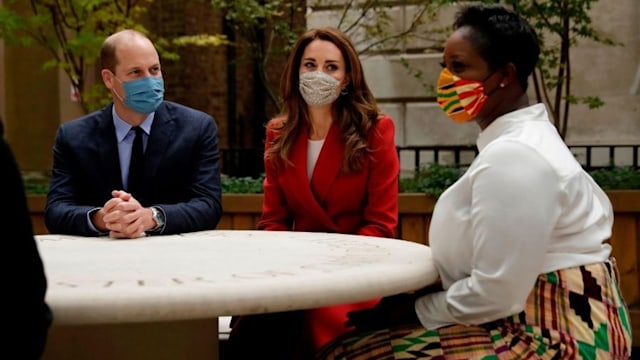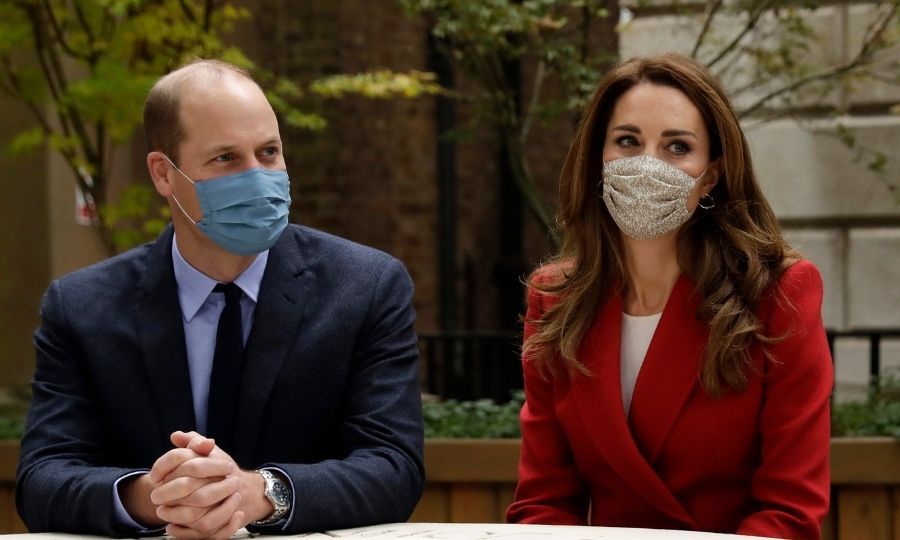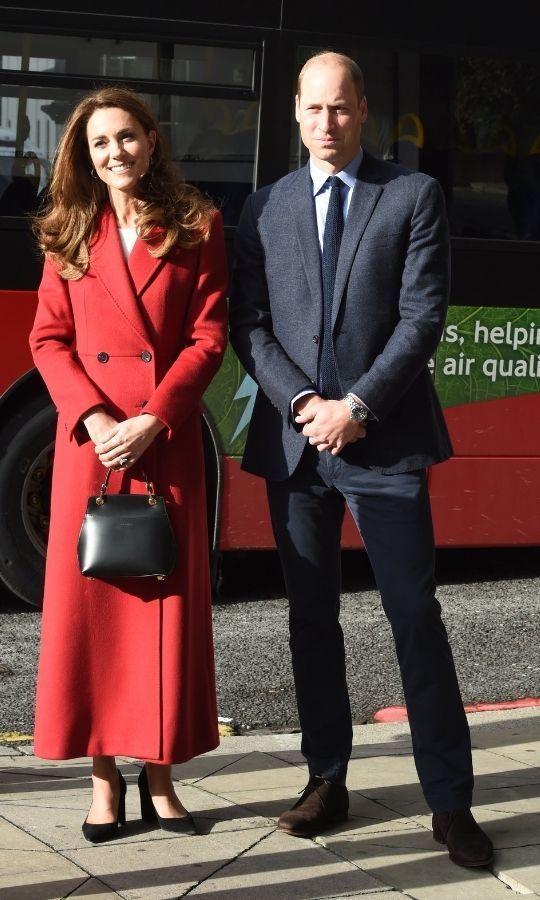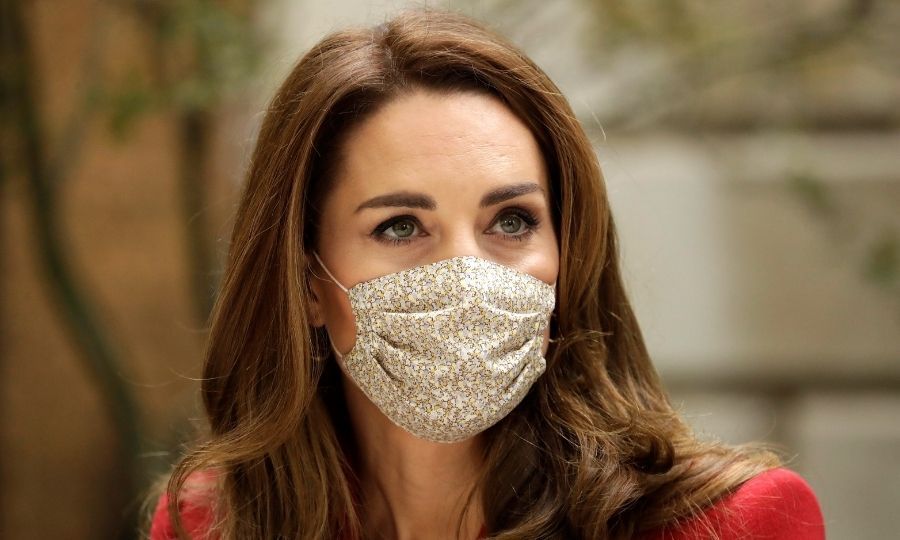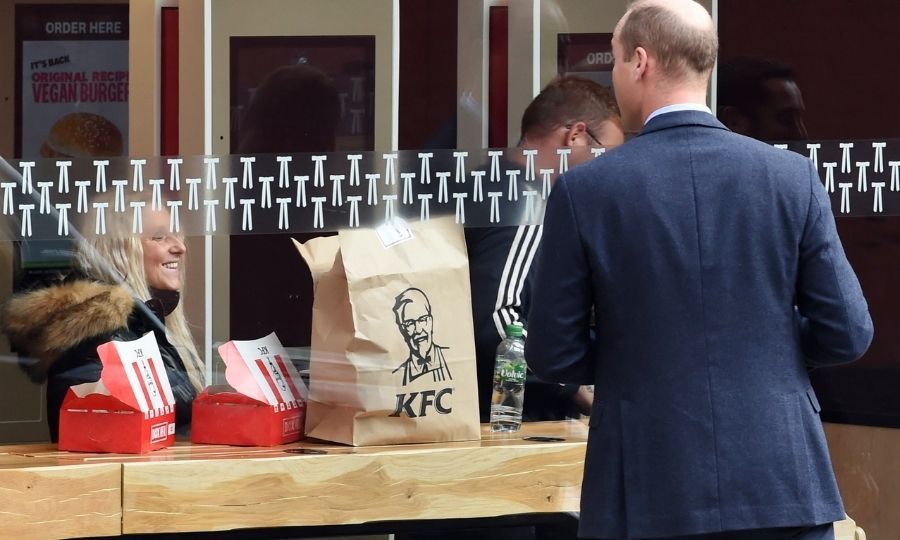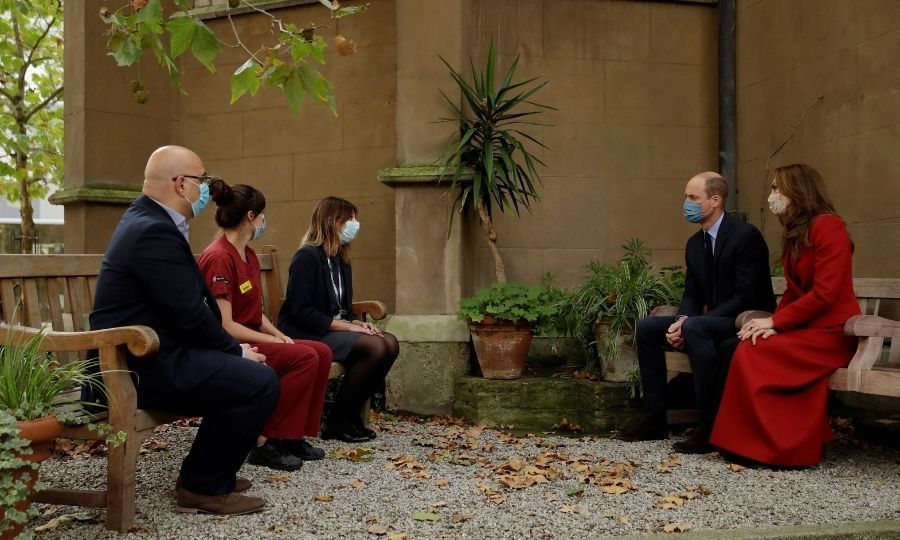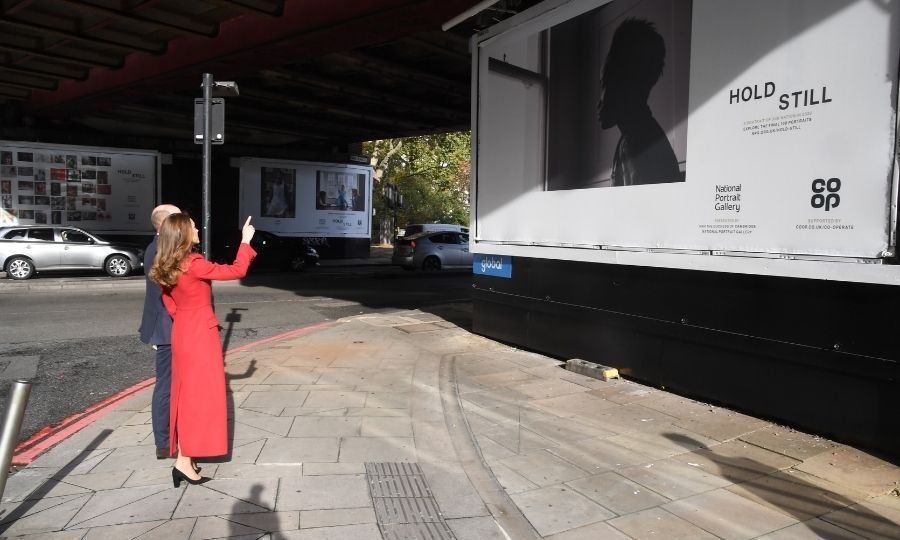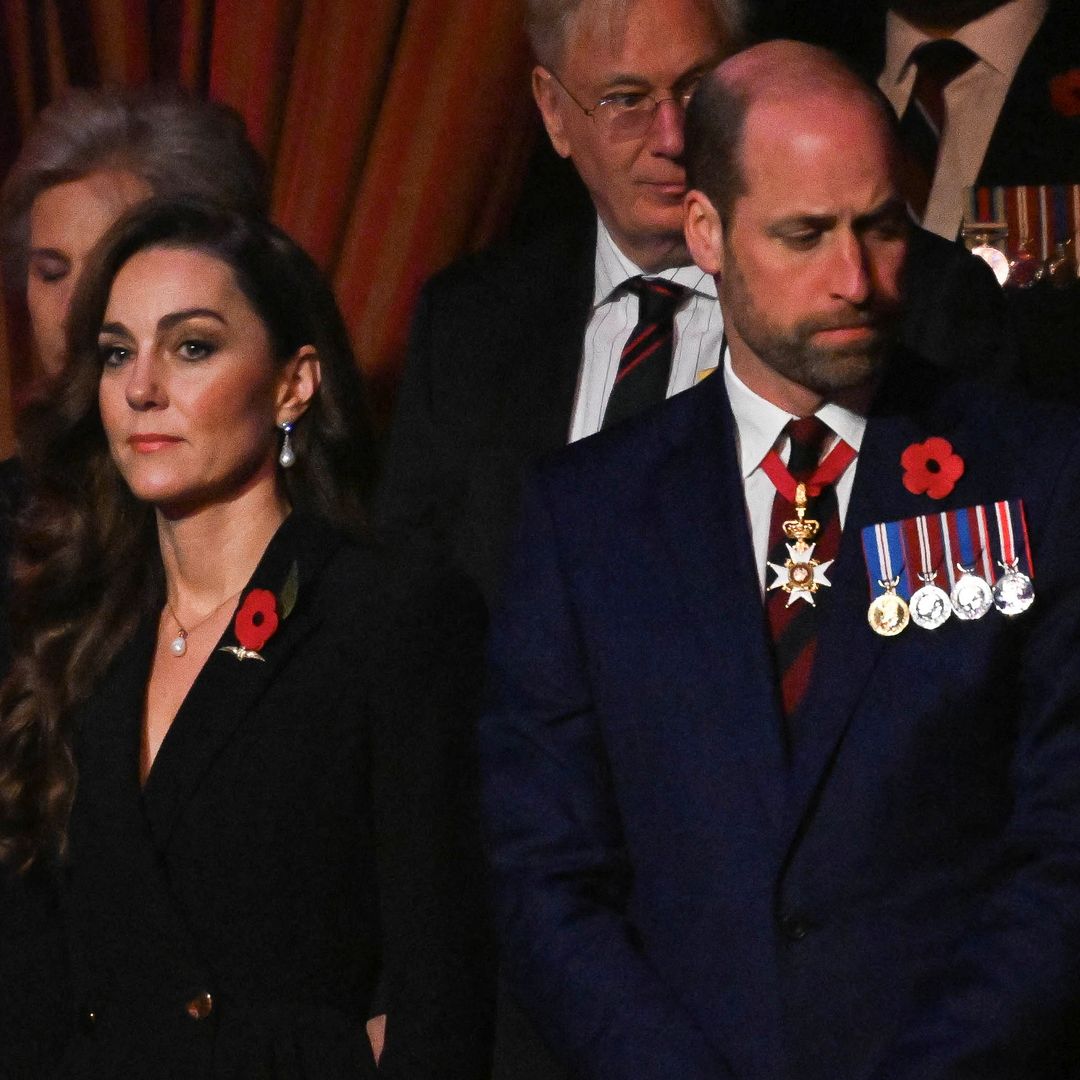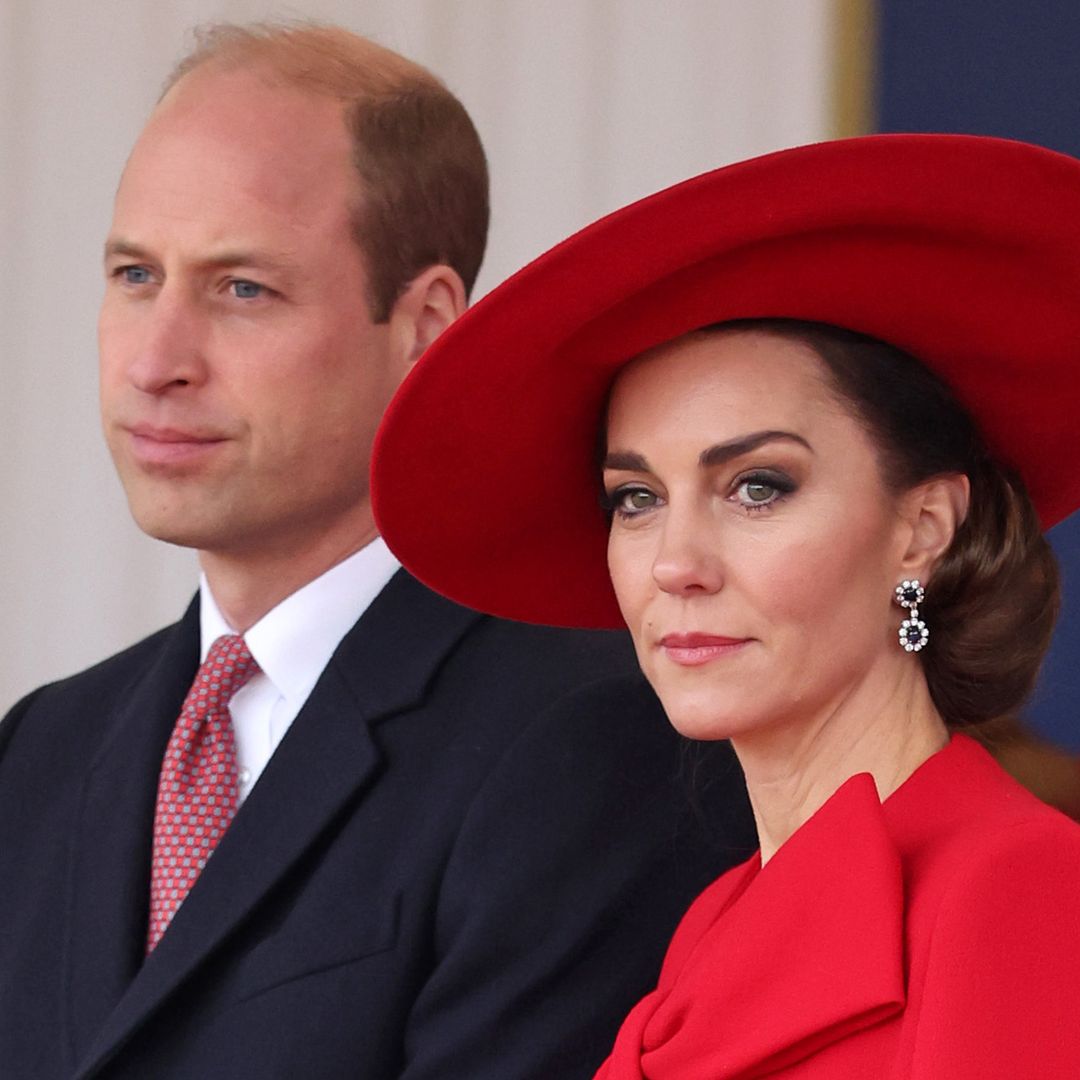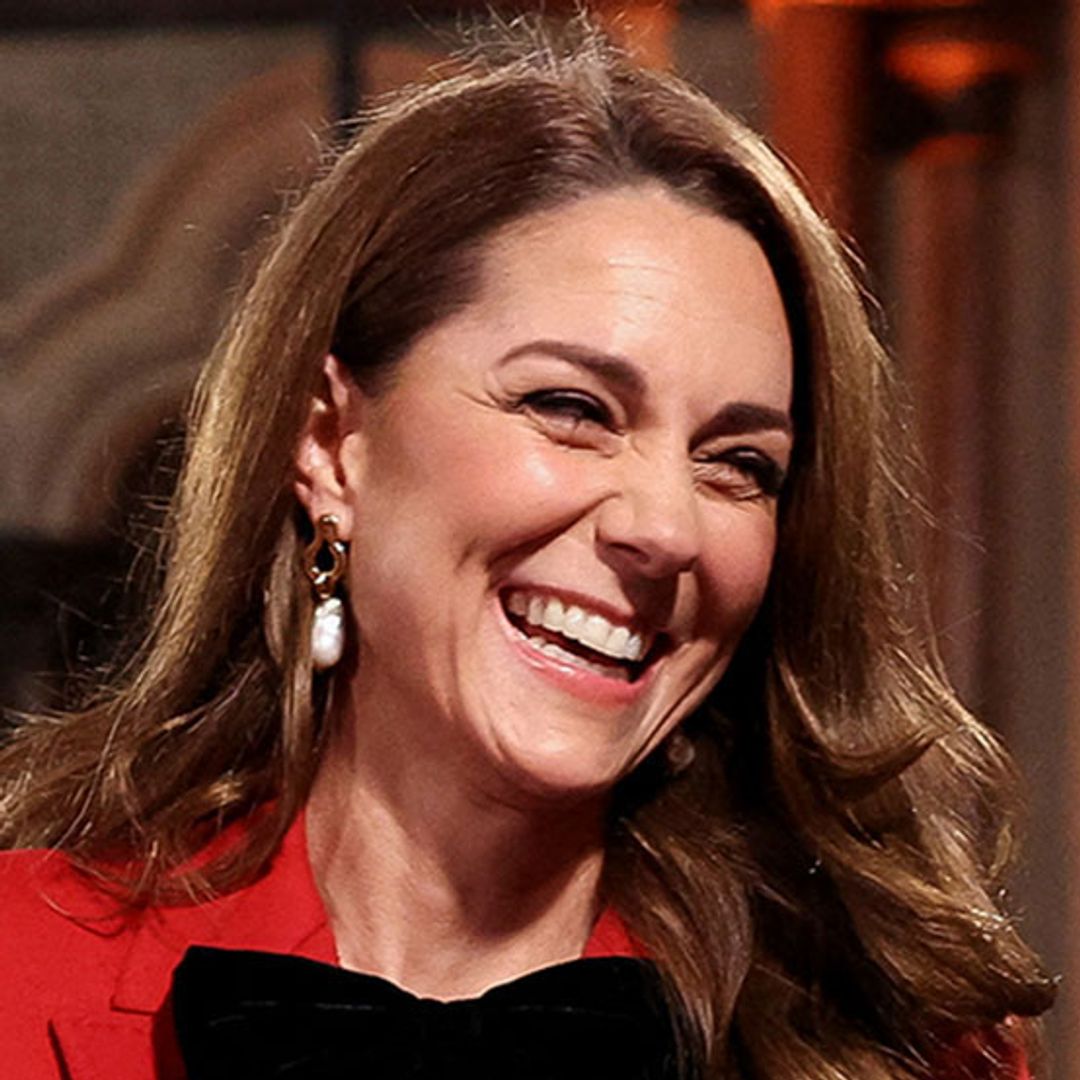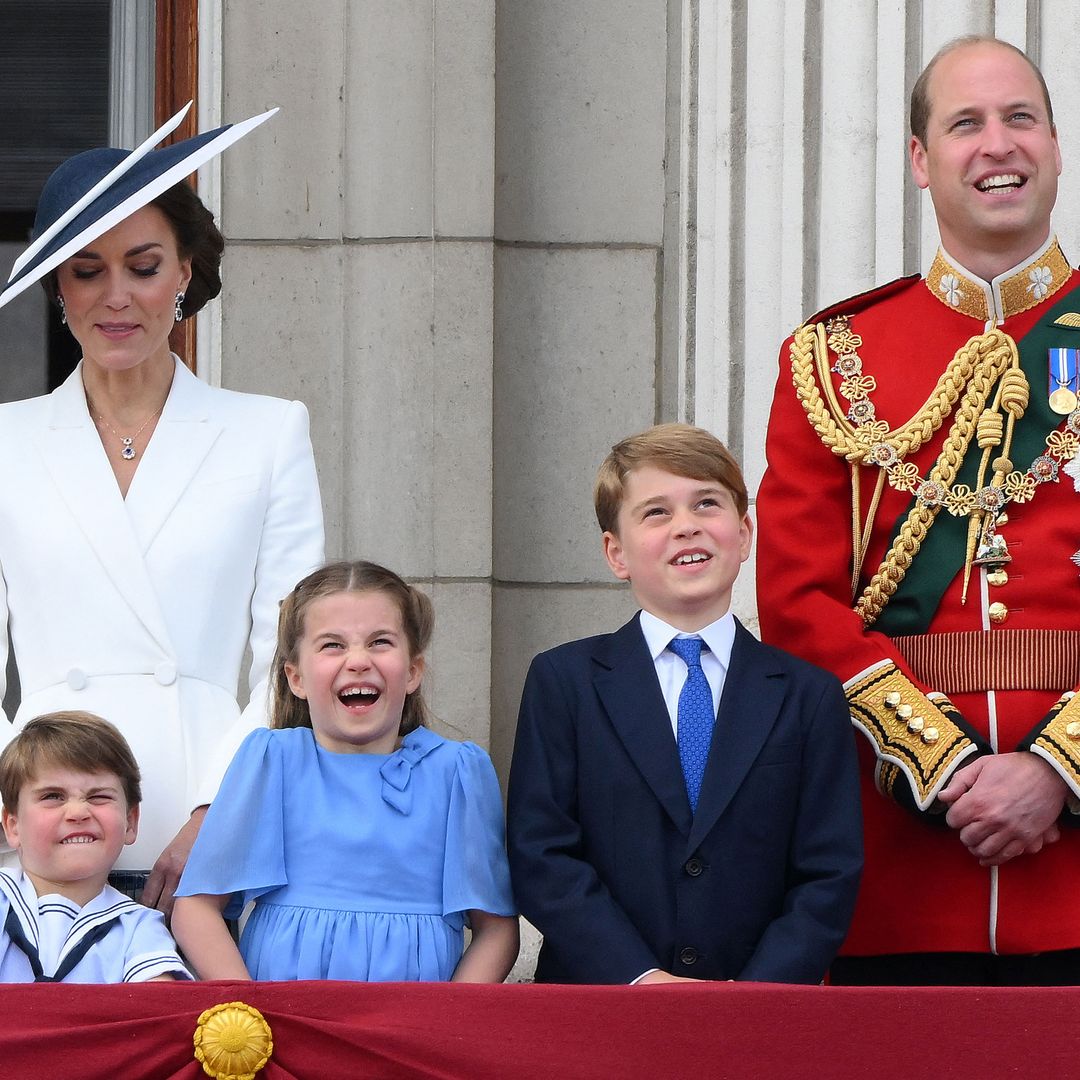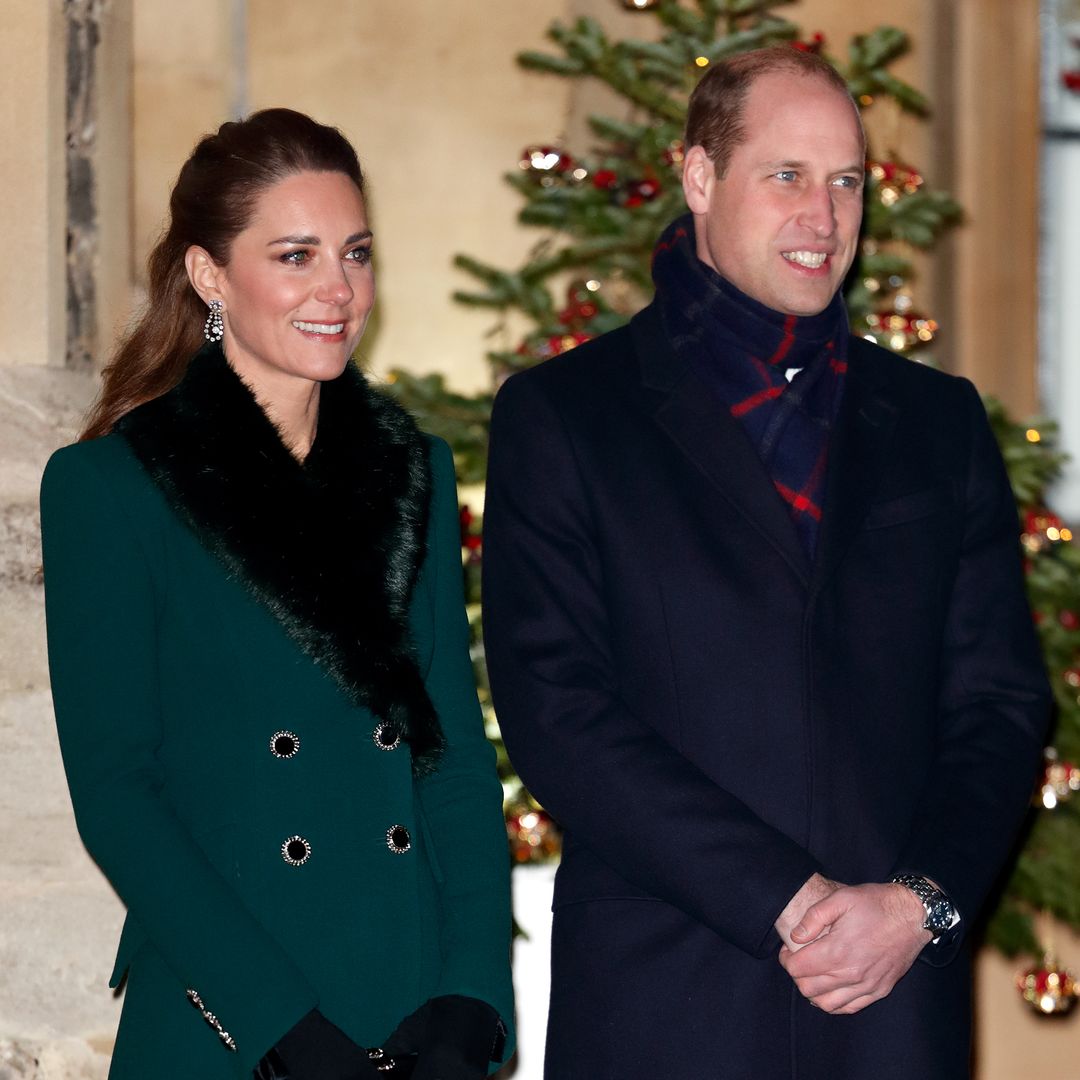The couple visited a district of London, where they met Sami Massalami Mohammed Elmassalami Ayed, who is featured in one of the 100 images chosen to go on display across the United Kingdom. They also visited Joyce Duah and her colleagues Amelia Chowdhury and Dipal Samuel, whom Joyce photographed at work at St. Bart's Hospital.
Scroll through the gallery (or click through if you're on desktop) to see the best images from their visits!
Photo: © Matt Dunham - WPA Pool/Getty Images
Photo: © JEREMY SELWYN/POOL/AFP via Getty Images
Photo: © MATT DUNHAM/POOL/AFP via Getty Images
Born in the Sudan and raised in Brazil, Sami has been working on his PhD in the U.K. and lived above the Children With Voices Community Food Hub. During the coronavirus pandemic, he decided to spend time volunteering there.
"I was immediately drawn to his beaming smile and positive vibe," Grey said in the image description for the photograph on the National Portrait Gallery's website. "I love the way his apron flutters in the wind, cape-like, as if revealing for a moment the superhero within. It's everyday acts of kindness and solidarity like Sami's that have brought communities together through this crisis."
After William and Kate's visit, Sami said the duchess had phoned him to talk about the photograph a few weeks earlier, and he had no idea his colleagues had submitted the image until the National Portrait Gallery notified him.
"The duchess came across as really caring and dedicated," he said, according to HELLO! UK. "I was so impressed she to the time to call me.
"I told her about the work they do at the food hub, and she agreed it's such a vital project. I was lucky enough to help out there for a couple of months, but they always need help through the year."
Photo: © JEREMY SELWYN/POOL/AFP via Getty Images
Photo: © Jeremy Selwyn - WPA Pool/Getty Images
Photo: © Matt Dunham - WPA Pool/Getty Images
"It is important for history purposes to show that actually happened," William added.
After the engagement, Joyce opened up a bit more about her image and why she took it.
"Patients were often in a coma and so coming round confused and didn't know who was treating them," she told the publication. "But also, we couldn't even recognize each other at times without names."
Photo: © Matt Dunham - WPA Pool/Getty Images
Photo: © MATT DUNHAM/POOL/AFP via Getty Images
"Lockdown has forced a majority of us into mandatory stillness," Lotti says in the image description on the National Portrait Gallery website. "Some may see this as a blessing, and others a curse, because limited activities means limited distractions from our thoughts, worries and ultimately ourselves.
"This picture is a representation of our daily dose of daydreaming that we do while we watch the world go by without us. Be kind to yourselves during lockdown and use this stillness to explore any uncomfortable feelings that may have arisen. They have probably always been there, but only now have we got the time and space to truly acknowledge them and listen.
"We've felt lonely, sad, worried, confused, anxious and everything in between, but we are grateful for every key worker, our health and for the humanity and empathy that has grown out of this dreary time."
Kate was one of those who helped select the 100 finalists. The competition received more than 31,000 entries, and she unveiled them all at the National Portrait Gallery last month.
The 100 images will appear on billboards, bus stop ads, in train stations and outside shops over the next four weeks.
All of the portraits chosen as finalists will also be featured in an exhibition that will open at the National Memorial Arboretum in Staffordshire on Oct. 23. It is backed by Co-op, which launched the Co-Operate initiative in April to help those who are vulnerable during the coronavirus pandemic find local and national support.
Photo: © JEREMY SELWYN/POOL/AFP via Getty Images
